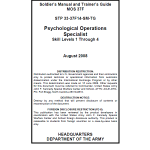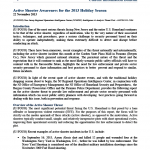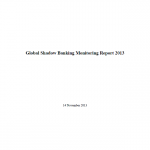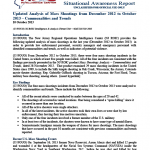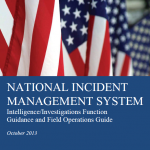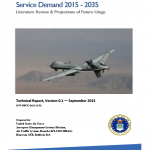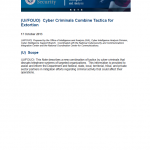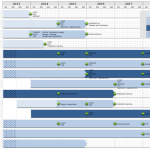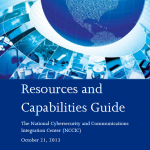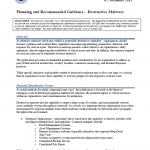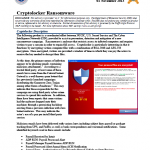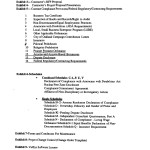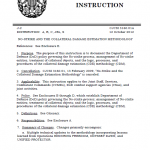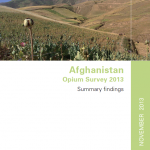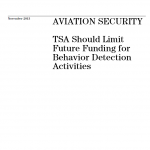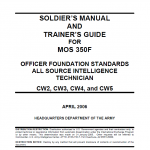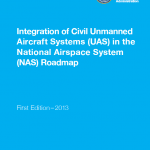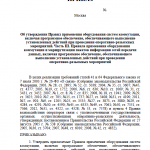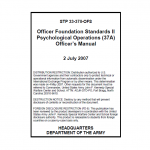
The mission of Psychological Operations is to influence the behavior of foreign target audiences (TAs) to support United States (U.S.) national objectives. Psychological Operations(PSYOP) are planned operations to convey selected information and indicators to foreign audiences to influence the emotions, motives, objective reasoning, and ultimately the behavior of foreign governments, organizations, groups, and individuals (JP 3-53, Joint Doctrine for Joint Psychological Operations). Behavioral change is at the root of the PSYOP mission. Although concerned with the mental process of foreign TAs, it is the observable modification of foreign TA behavior that determines the mission success of PSYOP. It is this link between influence and behavior that distinguished PSYOP from other capabilities and activities of information operations (IO) and related components such as public affairs.

